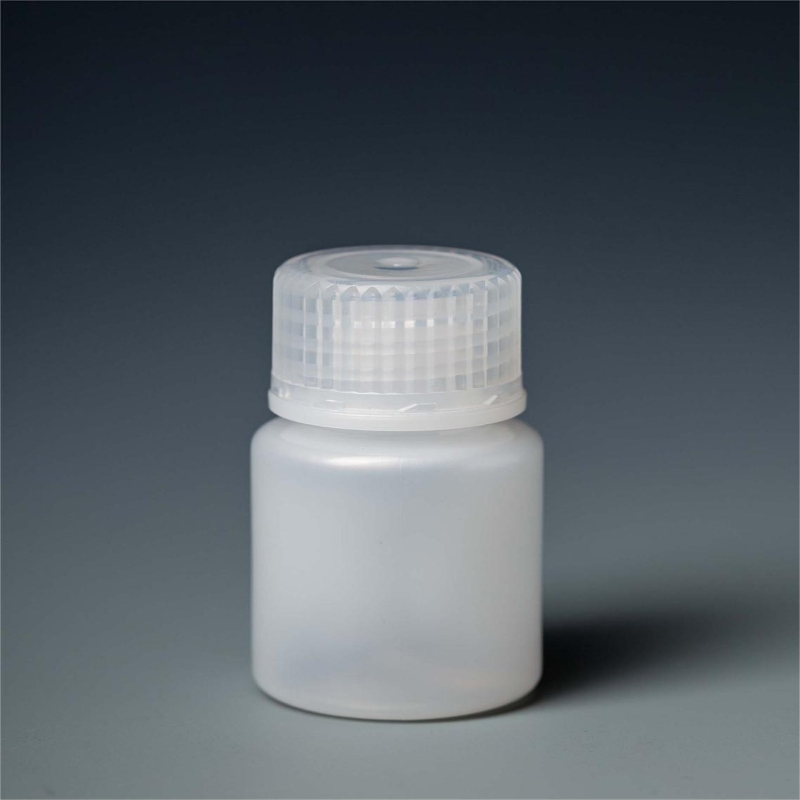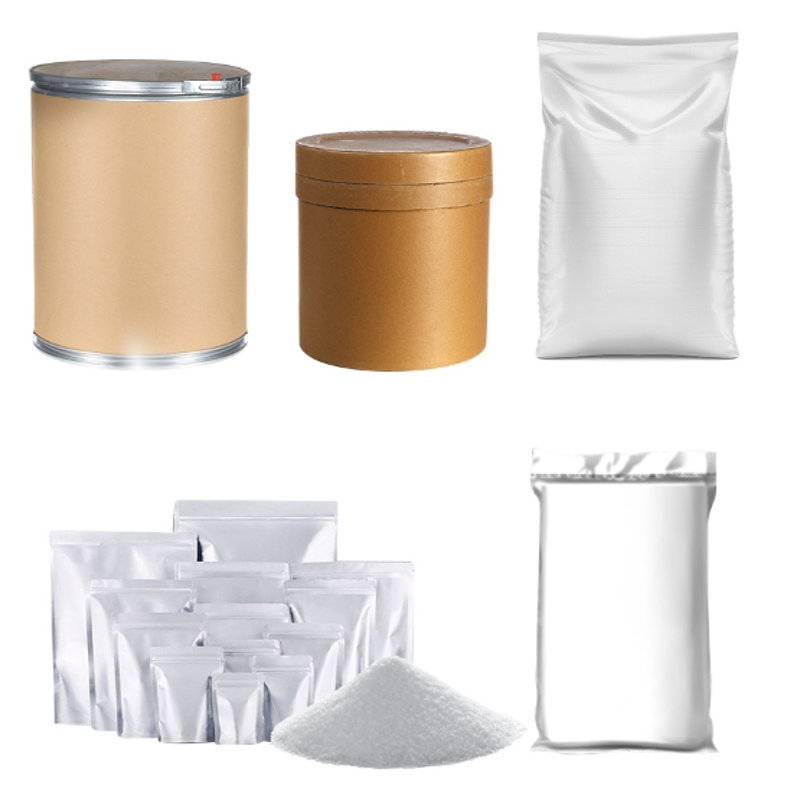-
Categories
-
Pharmaceutical Intermediates
-
Active Pharmaceutical Ingredients
-
Food Additives
- Industrial Coatings
- Agrochemicals
- Dyes and Pigments
- Surfactant
- Flavors and Fragrances
- Chemical Reagents
- Catalyst and Auxiliary
- Natural Products
- Inorganic Chemistry
-
Organic Chemistry
-
Biochemical Engineering
- Analytical Chemistry
-
Cosmetic Ingredient
- Water Treatment Chemical
-
Pharmaceutical Intermediates
Promotion
ECHEMI Mall
Wholesale
Weekly Price
Exhibition
News
-
Trade Service
Responsible Editor | Rheumatoid arthritis (RA) is an autoimmune disease characterized by chronic erosive arthritis.
Synovitis is the main pathological feature of early RA.
As the disease progresses, patients with advanced RA will also have obvious bone erosions.
The massive accumulation of inflammatory macrophages and osteoclasts in RA joints is closely related to synovitis and bone erosion.
Under normal circumstances, the body regulates the life cycle of inflammatory macrophages and osteoclasts through the apoptosis mechanism to maintain the immune balance and bone balance in the joints.
However, unlike cells in normal joints, the apoptotic process of synovial macrophages and osteoclasts in RA joints is significantly inhibited, which can eventually lead to progressive disease progression, and advanced patients often require artificial joint replacement.
In order to restore the immune balance and bone balance in RA joints, Professor Tao Gong's group from West China School of Pharmacy of Sichuan University and Professor Lei Guanghua's group from Xiangya Hospital of Central South University jointly developed a drug that can accurately deliver drugs and induce targeted joints.
A novel targeted nano-drug delivery system for endoinflammatory macrophages and osteoclast apoptosis.
The targeted preparation selectively delivers the apoptosis-inducing agent tripterygium wilfordii (celastrol, CEL) to the inflammatory macrophages and osteoclasts in the joints of the lesion, thereby efficiently and safely alleviating RA synovitis and bone erosion.
The biocompatibility.Related research results were published online in Nature Communications on April 12, 2021.
The title of the paper is Targeted apoptosis of macrophages and osteoclasts in arthritic joints is effective against advanced inflammatory arthritis.
Osteocyte apoptosis can play a key role in the treatment of rheumatoid arthritis, providing new ideas for precise treatment, and developing a new drug-carrying system with transformational prospects.
Based on the characteristic that the inflammatory microenvironment of RA focal joints expresses a large amount of matrix metalloproteinase 9, MMP9, and that both inflammatory macrophages and osteoclasts express integrin receptors, a response was designed.
MMP9 and RGD peptide-targeted inflammatory macrophage-osteoclast double-targeted nanoparticles (MMP9-cleavable, PEG- and RGD peptide-modified PLGA nanoparticles, PRNPs).
Studies have confirmed that, compared with ordinary nanoparticles that are not modified by RGD peptides, PRNPs significantly increase the amount of drugs into inflammatory macrophages and osteoclasts through the active endocytosis mediated by RGD-integrin.
In addition, CEL-loaded PRNPs (CEL-PRNPs) can efficiently induce the apoptosis of synovial macrophages and osteoclasts from RA patients.
Through tail vein injection, CEL-PRNPs can significantly reduce the number of inflammatory macrophages and osteoclasts in the focal joints of model rats, thereby effectively inhibiting synovitis in the focal joints of model rats, reversing bone erosion, and significantly reducing The side effects of CEL.
Professor Tao Gong from West China School of Pharmacy of Sichuan University and Professor Lei Guanghua from Xiangya Hospital of Central South University are the co-corresponding authors of this article, and Dr.
Caifeng Deng, a postdoctoral fellow at Xiangya Hospital of Central South University (Ph.
D.
, West China School of Pharmacy, Sichuan University) is the first author of this article. Original link: Platemaker: Notes for reprinting on the 11th [Non-original article] The copyright of this article belongs to the author of the article, personal forwarding and sharing are welcome, and it is prohibited without permission Reprinted, the author has all legal rights, offenders must be investigated.
Synovitis is the main pathological feature of early RA.
As the disease progresses, patients with advanced RA will also have obvious bone erosions.
The massive accumulation of inflammatory macrophages and osteoclasts in RA joints is closely related to synovitis and bone erosion.
Under normal circumstances, the body regulates the life cycle of inflammatory macrophages and osteoclasts through the apoptosis mechanism to maintain the immune balance and bone balance in the joints.
However, unlike cells in normal joints, the apoptotic process of synovial macrophages and osteoclasts in RA joints is significantly inhibited, which can eventually lead to progressive disease progression, and advanced patients often require artificial joint replacement.
In order to restore the immune balance and bone balance in RA joints, Professor Tao Gong's group from West China School of Pharmacy of Sichuan University and Professor Lei Guanghua's group from Xiangya Hospital of Central South University jointly developed a drug that can accurately deliver drugs and induce targeted joints.
A novel targeted nano-drug delivery system for endoinflammatory macrophages and osteoclast apoptosis.
The targeted preparation selectively delivers the apoptosis-inducing agent tripterygium wilfordii (celastrol, CEL) to the inflammatory macrophages and osteoclasts in the joints of the lesion, thereby efficiently and safely alleviating RA synovitis and bone erosion.
The biocompatibility.Related research results were published online in Nature Communications on April 12, 2021.
The title of the paper is Targeted apoptosis of macrophages and osteoclasts in arthritic joints is effective against advanced inflammatory arthritis.
Osteocyte apoptosis can play a key role in the treatment of rheumatoid arthritis, providing new ideas for precise treatment, and developing a new drug-carrying system with transformational prospects.
Based on the characteristic that the inflammatory microenvironment of RA focal joints expresses a large amount of matrix metalloproteinase 9, MMP9, and that both inflammatory macrophages and osteoclasts express integrin receptors, a response was designed.
MMP9 and RGD peptide-targeted inflammatory macrophage-osteoclast double-targeted nanoparticles (MMP9-cleavable, PEG- and RGD peptide-modified PLGA nanoparticles, PRNPs).
Studies have confirmed that, compared with ordinary nanoparticles that are not modified by RGD peptides, PRNPs significantly increase the amount of drugs into inflammatory macrophages and osteoclasts through the active endocytosis mediated by RGD-integrin.
In addition, CEL-loaded PRNPs (CEL-PRNPs) can efficiently induce the apoptosis of synovial macrophages and osteoclasts from RA patients.
Through tail vein injection, CEL-PRNPs can significantly reduce the number of inflammatory macrophages and osteoclasts in the focal joints of model rats, thereby effectively inhibiting synovitis in the focal joints of model rats, reversing bone erosion, and significantly reducing The side effects of CEL.
Professor Tao Gong from West China School of Pharmacy of Sichuan University and Professor Lei Guanghua from Xiangya Hospital of Central South University are the co-corresponding authors of this article, and Dr.
Caifeng Deng, a postdoctoral fellow at Xiangya Hospital of Central South University (Ph.
D.
, West China School of Pharmacy, Sichuan University) is the first author of this article. Original link: Platemaker: Notes for reprinting on the 11th [Non-original article] The copyright of this article belongs to the author of the article, personal forwarding and sharing are welcome, and it is prohibited without permission Reprinted, the author has all legal rights, offenders must be investigated.







